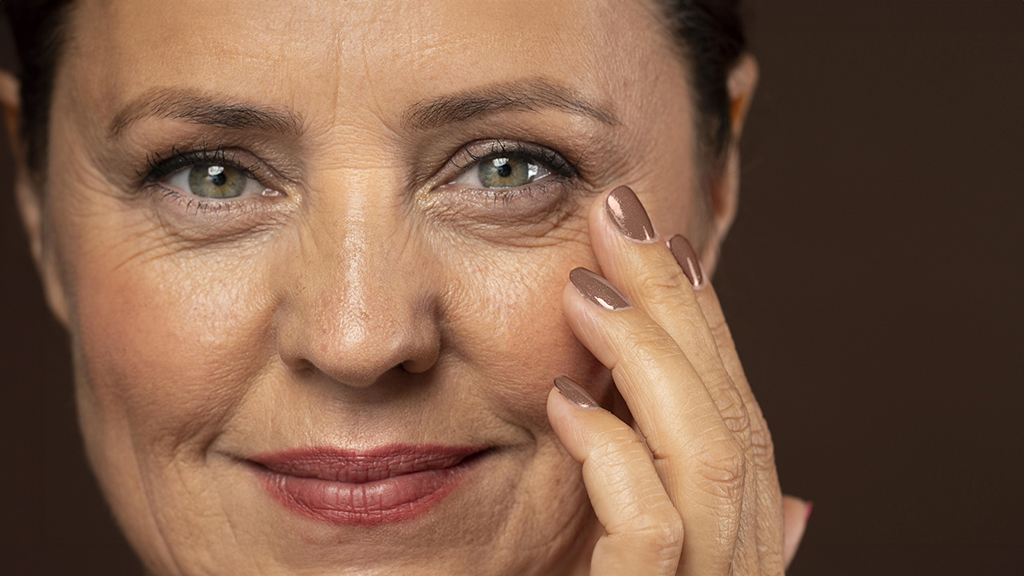Perforator Flap Procedures
Perforator flaps comprise skin, fatty tissue and the tiny blood vessels that supply nutrients to the tissue (“perforators”). Unlike Muscle flaps, perforator flaps do not contain muscle, and thus result in less pain and faster recovery for the patient. Breast reconstruction with perforator flaps represents the state of the art in microsurgery techniques for reconstructive breast surgery, enabling the blood vessels to be carefully separated from the muscle that normally surrounds them. The perforator flap is then transplanted to the patient’s chest and reconnected using microsurgery to recreate a “natural” breast.
Advantages of using perforator flaps in breast reconstruction surgery are:
- A more natural look and feel than breast reconstruction using breast implants
- Less postoperative pain than is typically associated with reconstruction using flaps that include muscle
- Reconstructed breasts that will grow and shrink naturally as one’s weight changes, thereby keeping your reconstructed breast in proportion to your body
- Possible connection of sensory nerves in a perforator flap to nerves at the mastectomy site to help restore sensation to the reconstructed breast
- More rapid return to work and other activities than typically occurs following reconstruction with flaps that include muscle
- A significantly lower rate of unplanned re-operation as compared to reconstruction using breast implants
- Ability to reconstruct a breast after failure of an implant or other natural-tissue reconstruction, even after radiation
Depending on the shape of your body and your personal preference, several areas of the body can act as donor sites for flaps used in breast reconstruction. There are several types of perforator flaps and they are named after the blood vessel that is used. To learn more about perforator flap techniques for breast reconstruction, please click on the relevant link below:
- DIEP FLAP – Deep Inferior Epigastric Perforator Flap
- STACKED DIEP FLAP – Double Deep Inferior Epigastric Perforator Flap
- SIEP FLAP – Superficial Inferior Epigastric Perforator Flap
- SGAP FLAP – Superior Gluteal Artery Perforator Flap
- IGAP FLAP – Inferior Gluteal Artery Perforator Flap
- LAP FLAP – Lumbar Artery Perforator Flap
- TUG FLAP – Transverse Upper Gracilis Flap
- TUT FLAP – Transverse Upper Thigh Flap
- TAP FLAP – Thoracodorsal Artery Perforator Flap
Abdominal flaps such as DIEP and SIEP are generally the first choice for Perforator flaps used in Breast Reconstruction surgery. However if for any reason these flaps may not be used, buttock flaps such as SGAP and IGAP may be next on the option list, as almost all patients will have a degree of excess tissue present on the buttocks. Thigh (TUT and TUG), Hip (LAP) and Thoracodorsal (TAP) flaps are not commonly used in Breast Reconstruction Surgery, and the ideal candidates are selected with great care. These donor sites may not have adequate flaps to sculpt a breast with desired size and volume.
All patients must understand and accept that no surgical procedure is absolutely free from risk. For further information concerning the risks and complications associated with Autologous Breast Reconstruction, please refer to Risks and Complications of Autologous Breast Reconstruction.
For details about procedures and treatments or for a consultation, advice and prices from our Dubai clinic please call +971 4 431 2396 or use our online form.


